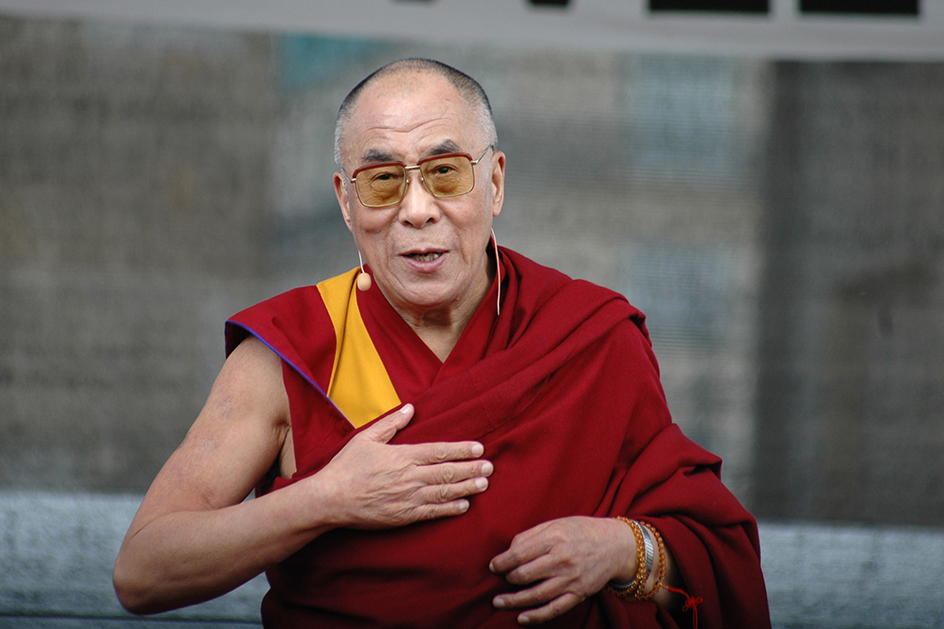Dalai Lama << dah LY LAH muh >> is a title given to the leader of an important spiritual line of Tibetan Buddhist monks called the Gelugpa or Yellow Hat order. It means “teacher whose wisdom is great as the ocean.” The Gelugpa order is one of several lines of Buddhist monks in Tibet. In the 1500’s, a Mongolian emperor first gave the title of Dalai Lama to the third leader of the Gelugpa order. Through the years, Tibetans have looked to the Dalai Lama for spiritual and political leadership. Since the 1950’s, however, China has had political control of Tibet. The current Dalai Lama has lived in Dharamsala, India, since 1959.
Tibetan Buddhists believe that a compassionate deity (divine being) known as the Bodhisattva Avalokitesvara is reborn in the body of each Dalai Lama. When a Dalai Lama dies, senior monks search for a boy whom they believe to be his next incarnation. The successor is expected to show signs of continuity with the deceased Dalai Lama. Monks then raise and educate this boy to prepare him for his high religious position.
Tenzin Gyatso, the current and 14th Dalai Lama, was born in northeastern Tibet on July 6, 1935, as Lhamo Dhondup. When he was 2 years old, he was identified as the reincarnation of the 13th Dalai Lama. He assumed full political responsibility for Tibet in 1950. In 1959, he fled to Dharamsala, India, in response to China’s harsh rule of Tibet. He became the spiritual and political leader of an exiled Tibetan community in Dharamsala.

Over time, a number of Tibetans have left India and established communities in the United States and other Western nations. The 14th Dalai Lama has traveled widely to minister to Tibetan Buddhists and spread his message of compassion and harmony between religions. He is a strong supporter of democracy, human rights, and the environment. In 1989, he received the Nobel Peace Prize for his nonviolent struggle to obtain greater self-government for Tibet. In 2011, Tenzin Gyatso gave up his political leadership to an elected member of the Tibetan government in exile. He remains the spiritual leader of Tibetan Buddhists.
See also Lamaism; Tibet (Religion and culture) (History and government).
